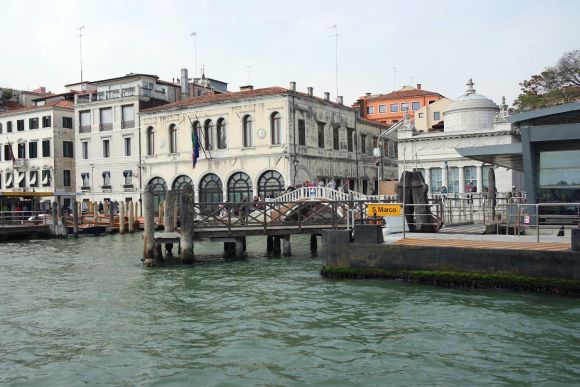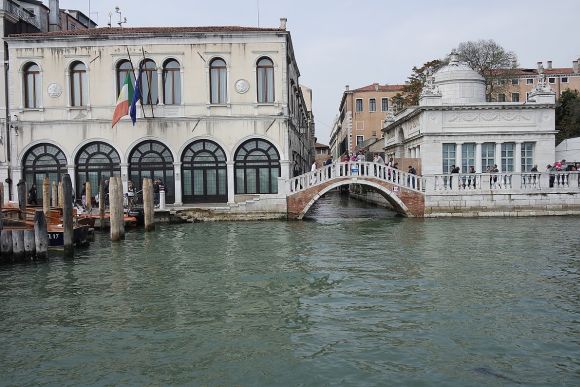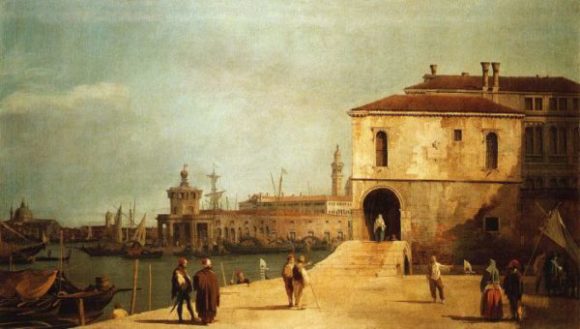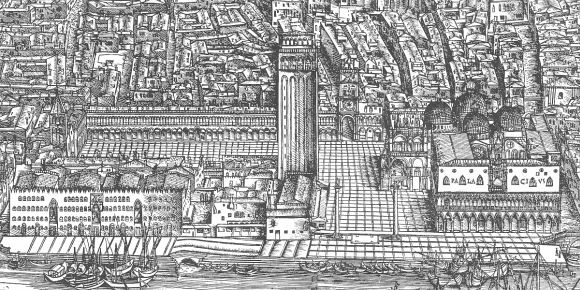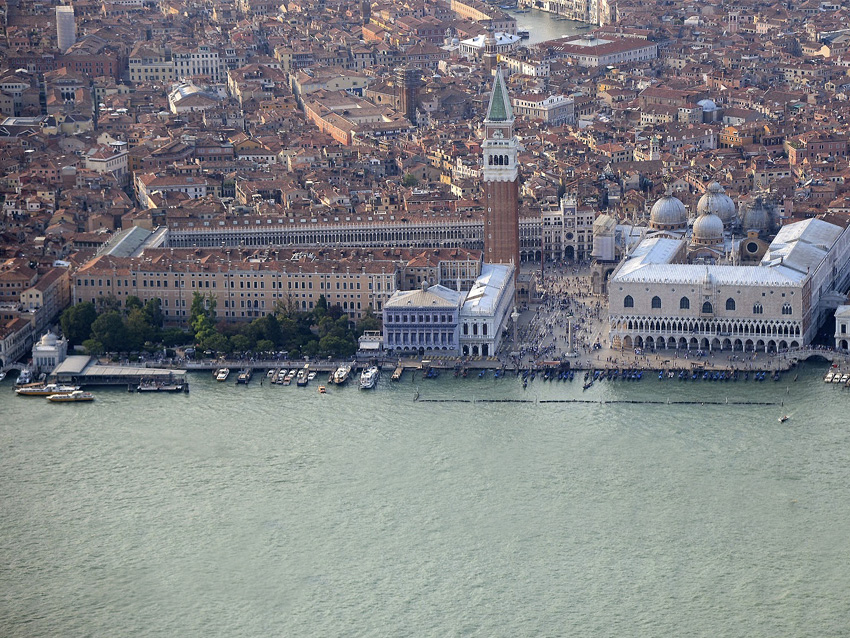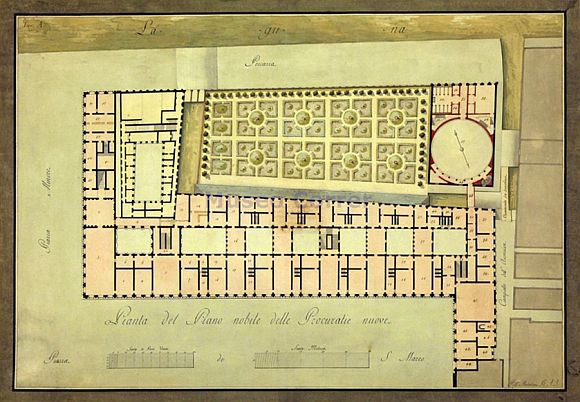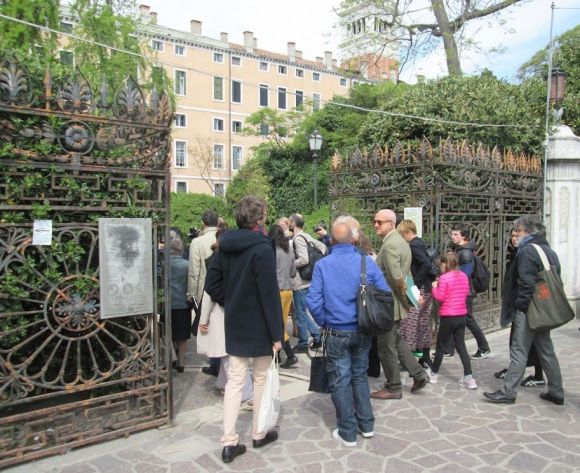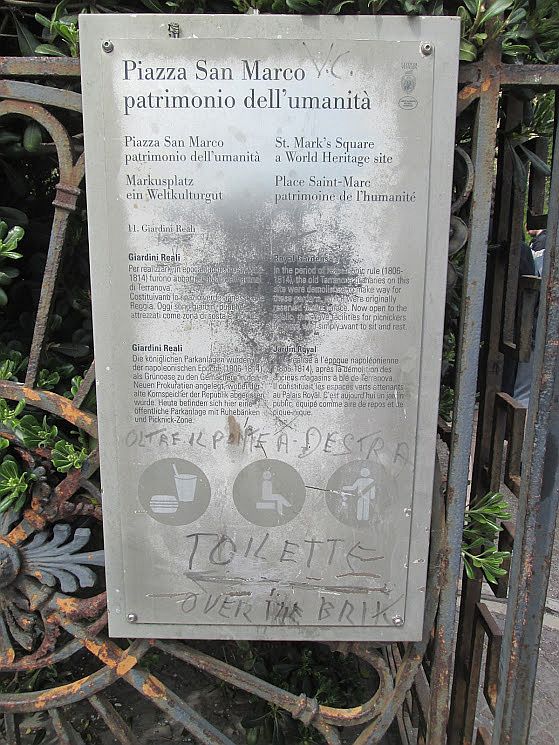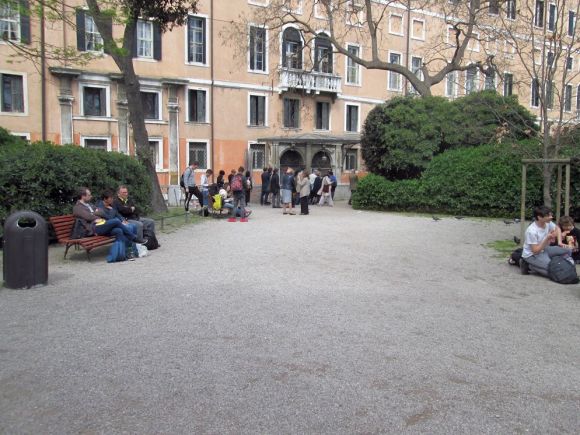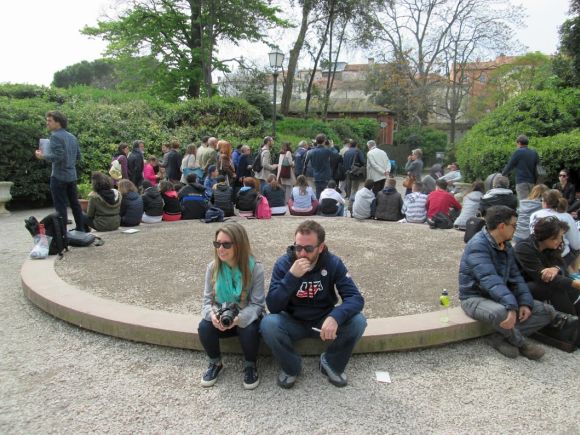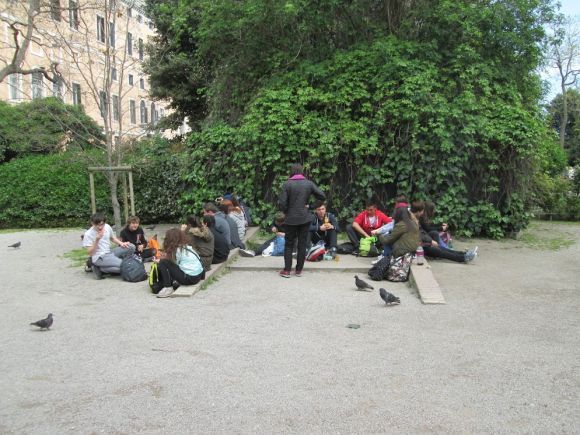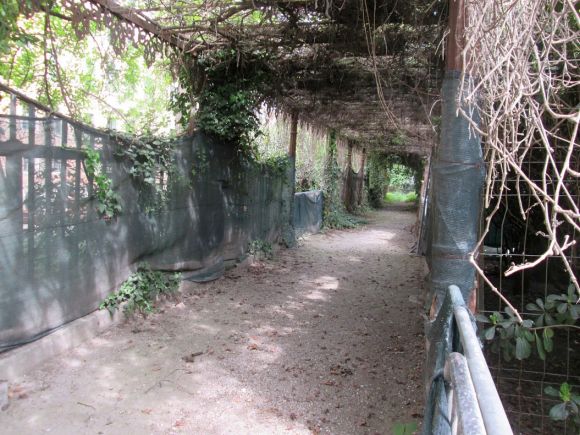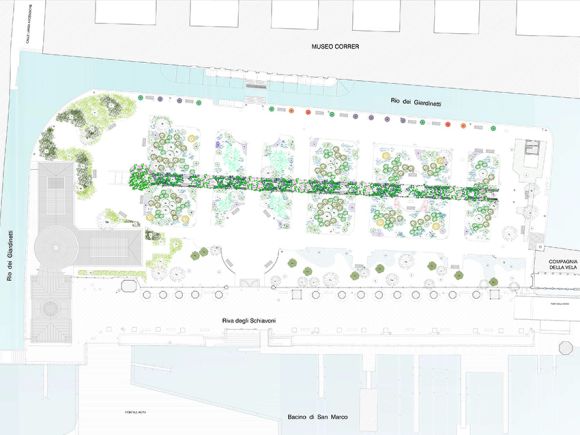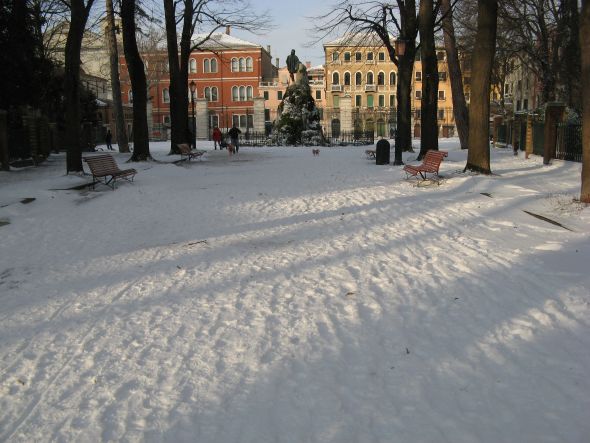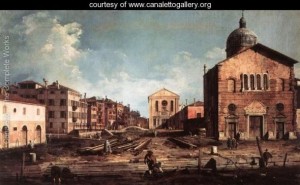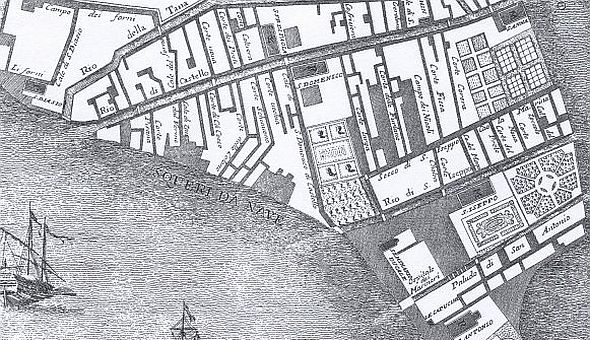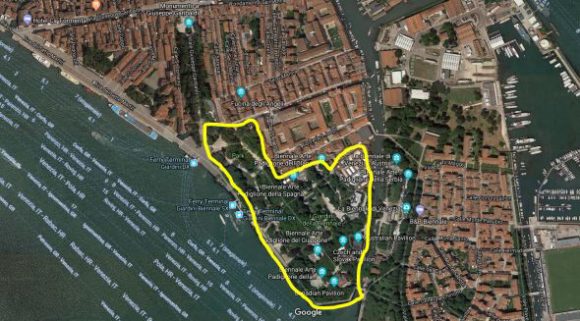
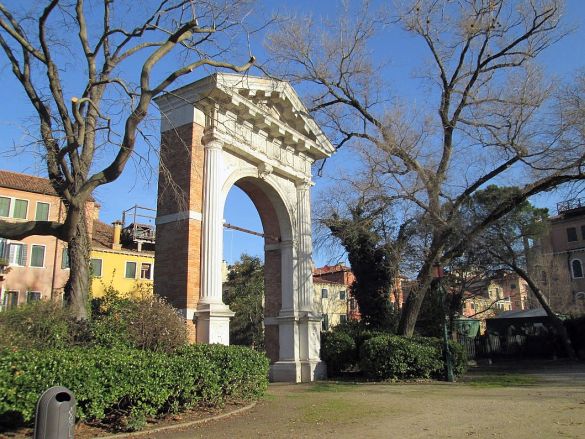
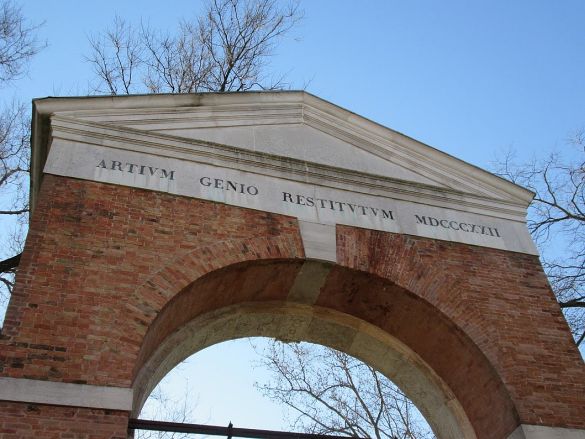
This sylvan glade was created by Napoleon when he went through Venice like the Destroying Angel, razing and demolishing scores of churches, convents, scuole and other buildings that were inconsiderately sited where he wanted something else to be, or that happened to contain things he wanted such as gold, jewels and works of art.
Nowadays the Giardini Pubblici (Public Gardens) are best-known for accommodating the original pavilions of the art extravaganza known as the Biennale. Also, being a garden, the area is full of trees and flowers and shrubs, plus an attractive little playground. It even offers a useful amount of space to handle thousands of runners at the finish line of the Venice Marathon.
However, this 13-acre piece of Venice is more than a shrine for art lovers or a bosky dell for the relief of exhausted tourists. It is a garden of remembrance(s) of people and/or events of which hardly anybody remembers anything. That’s a wild guess on my part, based on the general nonchalance with which people wander through. Look at the bronze bust of Giorgio Emo Capodilista; it has “And now the weather report from Oblivion” written all over it. Not to mention Carlo de Ghega, another extremely worthy Venetian whose crumbling memorial plaque is only about 45 seconds away.
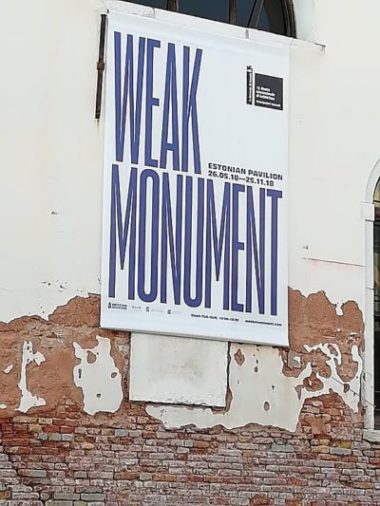
So I’ve decided — SEEING THAT THERE ARE NO HELPFUL EXPLANATORY SIGNS ANYWHERE, THE KIND THAT MANY TOWNS WHOSE CITIZENS AND OFFICIALS FEEL SOME CIVIC PRIDE OFTEN PLACE NEAR WORTHY LANDMARKS — to remedy this oversight. I’m limiting myself to the Gardens at the moment, because I intuit that trying to address the skillions of other personages “remembered” around Venice would be a life’s work. Not a reason not to do it, just a reason to evaluate it carefully.
But the Gardens are calling. May I present Riccardo Selvatico, our first example of departed glory:
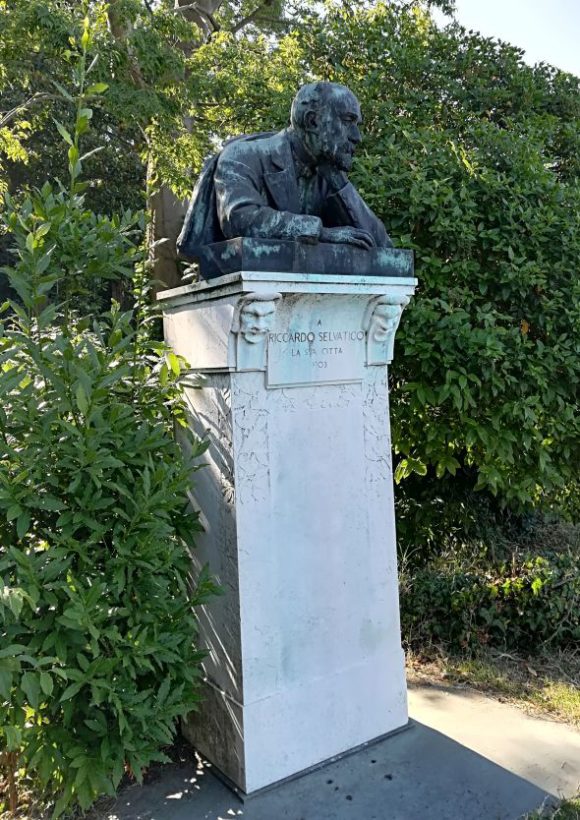
Selvatico was born in Venice in 1849 and died in 1901. Trained as a lawyer, he was mayor of Venice from 1890-95. He was also a poet and writer of comedies (I guess politics could help you with that) written in the Venetian dialect. When he wasn’t scribbling he did a number of important things. For one, he established a fund to finance the construction of healthier housing, replacing swathes of dwellings which were worthy of New York’s Lower East Side or Rio’s favelas; he would have lived through several cholera epidemics, so he didn’t need anybody to explain the problems of slums.
And if that doesn’t seem especially herm-worthy, he was also the person who came up with the idea, approved by a city-council vote in 1894, of holding an international art exposition in Venice every two years. In other words, he invented the Biennale, which now runs for at least six months, and sometimes seven, every year. It brings glory to the participants and boatloads of money to the city — I have no way of knowing which aspect inspired him more. Maybe it was a draw. The opposition party, naturally, stigmatized it as yet another example of his administration’s tendency to waste money on projects of barely discernible utility, in order to favor its friends and clients.
So he wrote a little poem called “Metempsicosi” in which he imagines that if it were true that we can be reincarnated as some animal, he’d like to come back as a pigeon in the Piazza San Marco, watch the people, fly around, and poop on the hats of a couple of individuals he isn’t going to name.
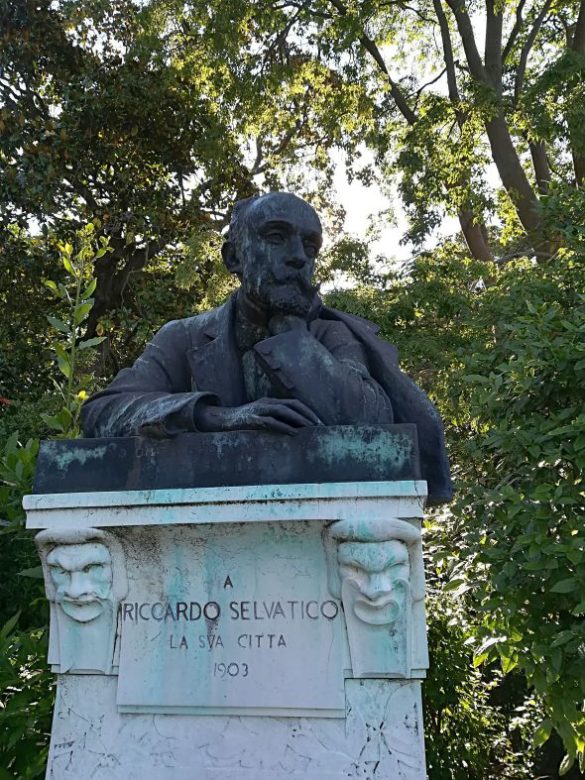
His five years as mayor were busy, of course, partly due to an ongoing battle between his highly eclectic and non-religious government and the opposition party marshaled by Giuseppe Sarto, then patriarch of Venice but later Pope Pius X. In 1895 Sarto’s faction won the election and Selvatico was back on the street. Separation of church and state was not an important principle at the time.
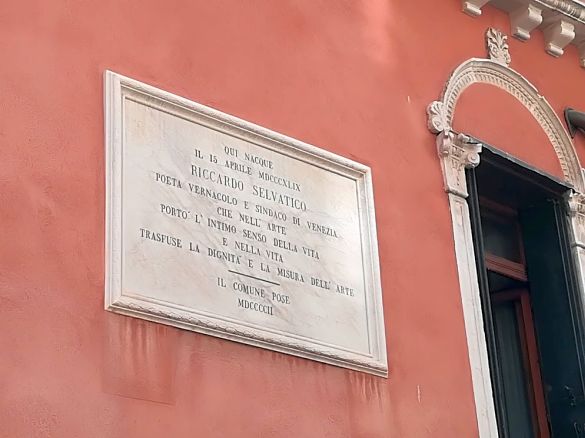

Selvatico clearly accomplished more than your usual assortment of Bepis and Tonis (“Bepi”and “Toni” are the immemorial nicknames of the quintessential pair of Venetian friends, up to and including today). I’m glad his efforts were appreciated, though the encomiums came after his death, as usual.
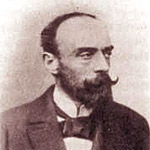
I Recini da Festa (“The best earrings”) is a comedy in two acts set in Venice, first performed in Venice to great success at the Teatro Goldoni on April 4, 1876 (14 years before he became mayor, so people knew what they were getting into, so to speak, when they elected him). One critic calls this comedy as “light and intricate as a piece of Burano lace,” still a stellar example of the best of the theatre in Venetian dialect of the time. Then as now, everybody spoke Venetian, so it wasn’t necessarily seen as a quaint way of talking, or even typical of a particular social class.
A poverty-stricken young married couple — also, she’s pregnant — is living with her parents because the husband has been rejected by his rich father who was opposed to the wedding. This opposition is based on an old quarrel between the two fathers-in-law dating from their youth, about which the newlyweds know nothing. Her father can’t support them all, so his wife breaks the piggybank in which the money for the crib was being kept.
But the baby MUST have a crib so that the father can at least put up a good appearance, therefore the daughter (soon to be mother) decides to pawn her best earrings. The person who resolves all the twists is the big-hearted and astute midwife, who’s ready to make any sacrifice to settle the matter. In the end the two old enemies make peace, and the rich father himself gives the earrings back to his daughter-in-law. Happy ending for everybody!
One critic calls this little confection “fresh, simple, full of domestic intimacy, which even today one hears willingly.”
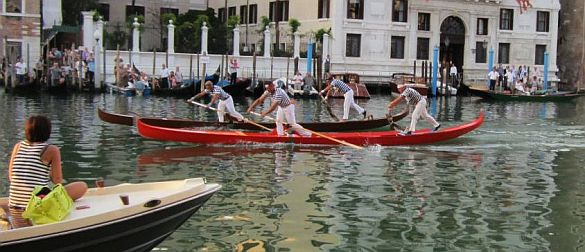
Perhaps even better-known (among Venetians) is his poem “Brindisi” (toast), written in honor of the Regata Storica of 1893, and read by Selvatico at the then-traditional dinner given for all the racers the Thursday evening before the big event on Sunday.
That year the festivities were grand — nine new gondolinos had been constructed, and six bissone were bedecked at a cost of 3000 lire ($15,678 adjusted value). The rockstar pair of rowers, the Zanellato brothers, weren’t competing, and that left three crews which were virtually equal. Emotions were high even before the wine began to flow.
Like most poetry, it’s infinitely better spoken than read in silence, and I can only imagine the exultation that greeted the last few verses. I will translate, knowing that things like this come out in translation as if they’d been soaked in bleach. The original is below.
There are some who tremble/Looking around/And seeing that the world/Keeps going along every day
It seems that Venice/Once so beautiful/A little at a time/She too has changed
Mincioni/Let me say it/Venice doesn’t change/No matter how much people shout (terms in italics explained below)
The calle de l’Oca/has gone to hell/But the Grand Canal/For Lord’s sake, who would touch it?
They’ve gone to hell/parties and gambling houses/Dances, country festivals/
The Forze di Ercole/the puppet shows
So fine– but there is always/our Regata/There is always the festa/That nothing can affect (literally “impact”)
Cape, wig/ hat shaped like a raviolo/They’re dead and buried/But there is still the boatman!
And as long as this breed/Of arms and lungs/Of men who are tressi/sbragioni but good
As long as this breed/I repeat, is like this/Venice doesn’t change/Venice is beautiful!
————————————————————-
Mincioni: Refers to the male member; I’ve tried and can’t confidently give an English equivalent in the sense intended here, which summarizes all the great qualities of men’s men, in a good sense, even while using a word which usually implies the opposite.
Forze di Ercole: These “strengths of Hercules” were complicated human pyramids, spectacular exhibitions of endurance and equilibrium put on during festive occasions such as Carnival.
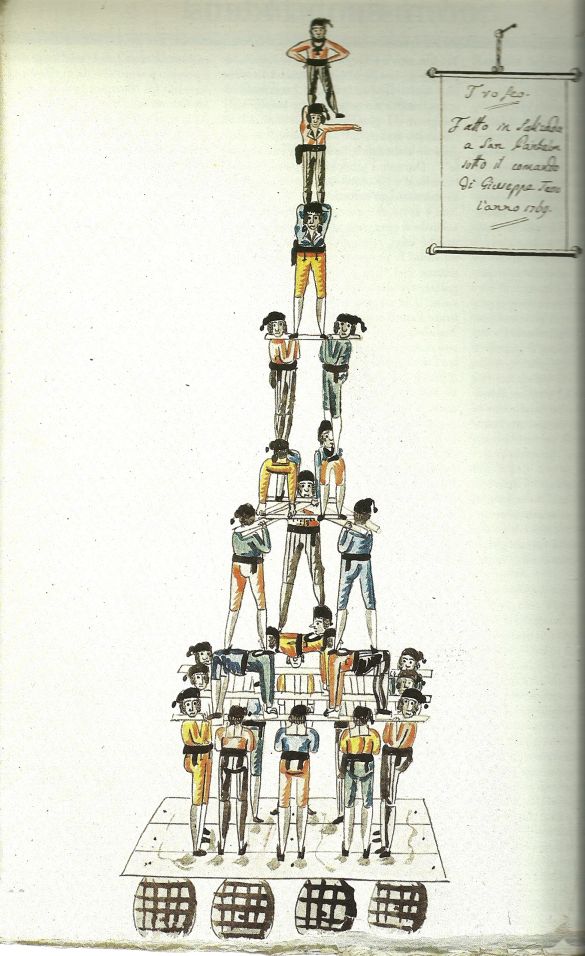
Hat like a raviolo: Tricorn
Tressi: A person who is a “tresso” (here he is using the plural to characterize boatmen in general) is big, strong, burly, muscular. I can imagine this inspiring an enormous burst of laughter, table- and friend-pounding, general uproar. What’s even better is that “tresso” is also the piece of wood which strengthens and unites two things that without it would collapse — for example, the legs of a chair (technically known in English as the “stretcher”). Calling somebody a tresso suddenly seems like a great thing.
Sbragioni: People called “sbragioni” are those who tend to yell when talking, especially with the belief that yelling will make the shouter win the argument. More laughter.
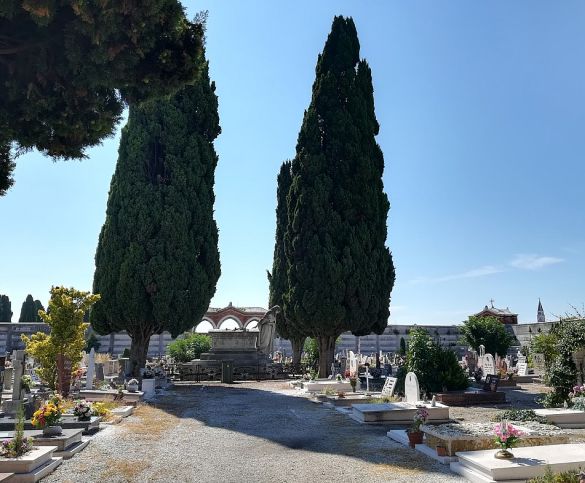
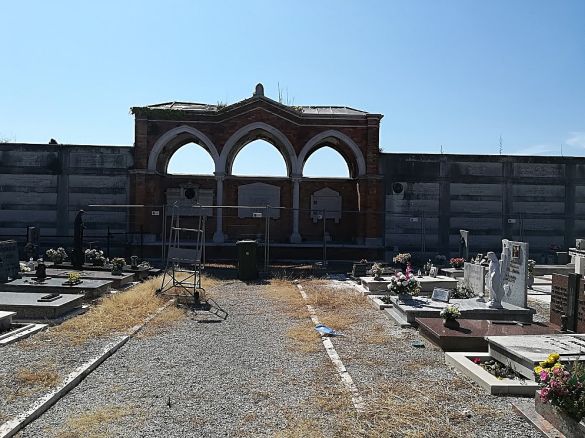
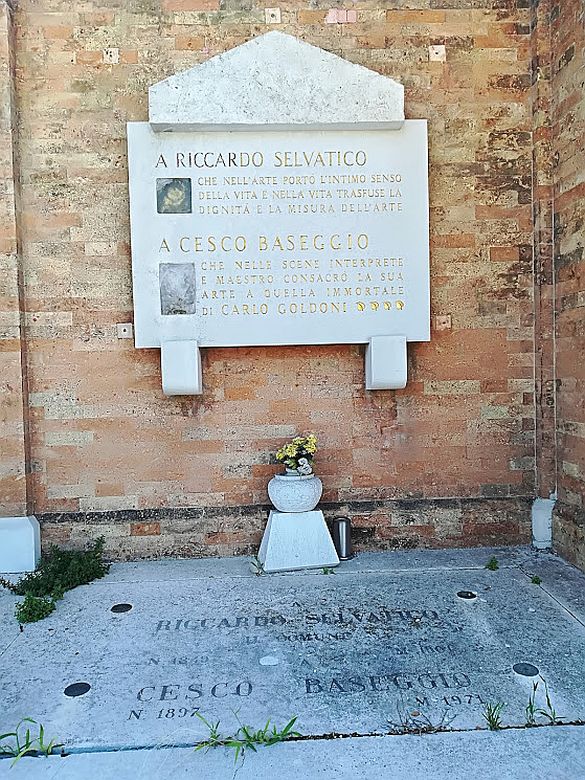
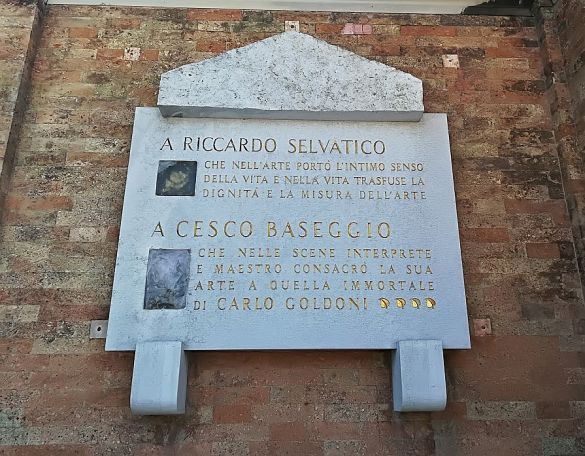
This is only the first personage to be rediscovered in the Garden of the Forgotten Venetians. Next chapter coming soon.
“Brindisi” for the Regata Storica by Riccardo Selvatico 1893
Gh’è certi che trema
Vardandose a torno,
E visto ch’el mondo
Camina ogni zorno,
Ghe par che Venezia
Un dì cussì bela,
Un poco a la volta
Se cambia anca ela.
Mincioni, mincioni,
Lassè che lo diga;
Venezia no cambia
Per quanto che i ziga.
Xe andada in malora
La cale de l’Oca;
Ma el so Canalazzo,
Perdio, chi lo toca?
Xe andai in so malora
Festini e ridoti,
I salti, le sagre,
Le forze, i casoti:
Va ben, ma gh’è sempre
La nostra Regata,
Gh’è sempre la festa
Che gnente ghe impata.
Velada, paruca,
Capelo a rafiol
Xe morti e sepolti;
Ma gh’è el barcariol!
E fin che sta razza
De brazzi e polmoni,
De omeni tressi,
Sbragioni ma boni,
In fin che sta razza,
Ripeto, xe quela,
Venezia no cambia,
Venezia xe bela!

